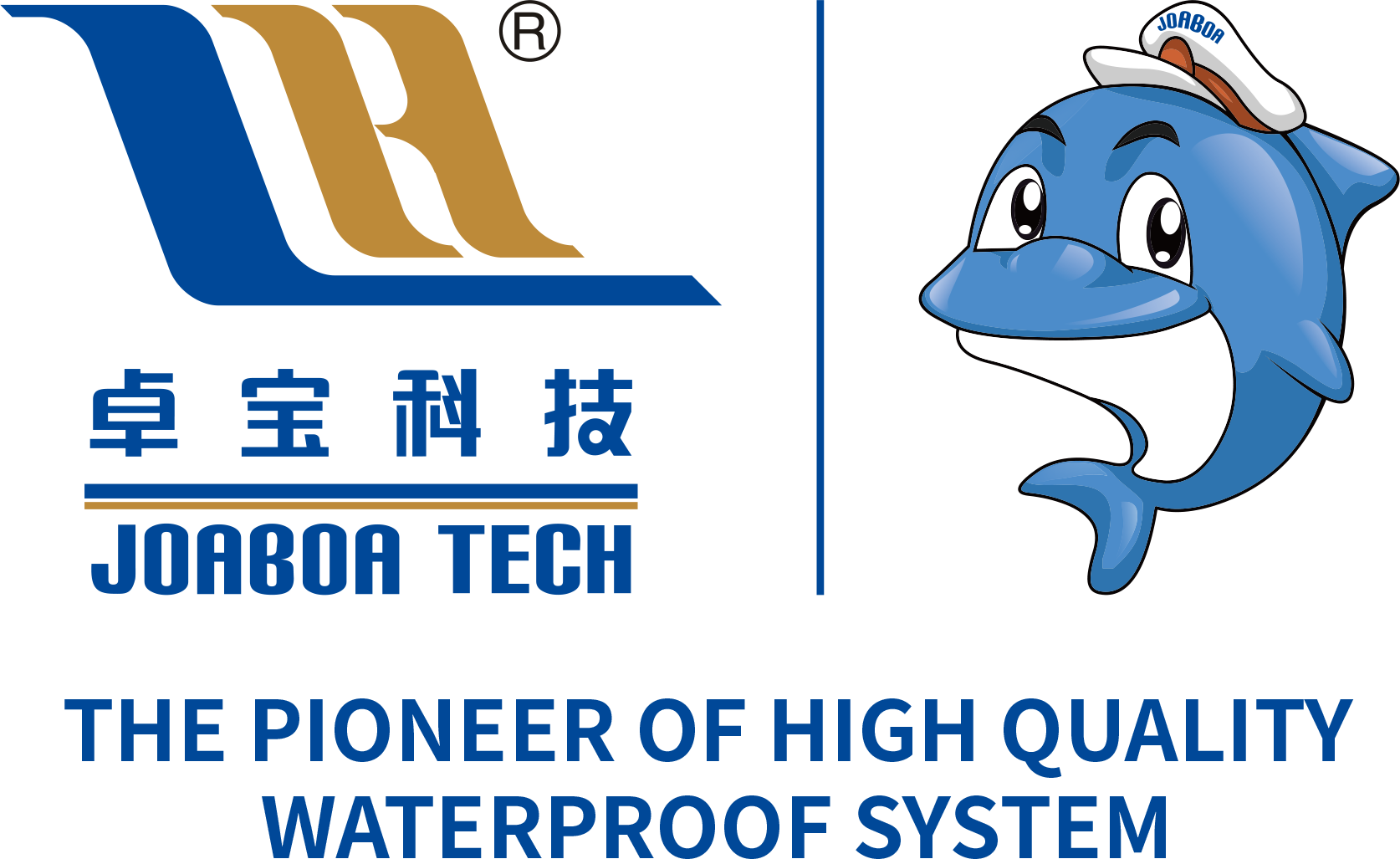How to Identify Common Modified Bitumen Waterproofing Membrane Spots
2025-05-10 12:40
How to Identify Common Modified Bitumen Waterproofing Membrane Spots
Table of Contents
- Understanding Modified Bitumen Waterproofing Membranes
- Common Problems with Modified Bitumen Waterproofing
- Spotting Damage in Bitumen Membranes
- Identifying Issues Due to Weather Conditions
- Recognizing Installation Errors
- Routine Inspection and Maintenance
- Repairing Damaged Bitumen Membranes
- Frequently Asked Questions
- Conclusion
Understanding Modified Bitumen Waterproofing Membranes
Modified bitumen waterproofing membranes are widely used in both commercial and residential roofing applications. These membranes are made from asphalt that has been modified with polymers, which enhance their flexibility, durability, and resistance to various environmental factors. Understanding how these membranes work is crucial for identifying potential issues before they escalate into significant problems.
What sets modified bitumen membranes apart is their ability to withstand extreme temperatures, UV exposure, and physical stress. They come in two primary types: APP (Atactic Polypropylene) and SBS (Styrene-Butadiene-Styrene), each offering unique benefits based on the intended application. APP membranes are known for their heat resistance and are typically installed using torching methods, while SBS membranes remain flexible at lower temperatures, making them ideal for colder climates.
Common Problems with Modified Bitumen Waterproofing
While modified bitumen membranes are designed for longevity, they are not immune to wear and tear. Recognizing the common problems associated with these membranes is the first step toward effective maintenance.
1. Blistering
Blistering occurs when trapped moisture beneath the membrane surface turns into vapor, creating bubbles or blisters. This can lead to compromised waterproofing capabilities and should be addressed immediately.
2. Cracking
Cracking is often a result of thermal expansion and contraction cycles. If the membrane is improperly installed or if it ages, it may develop cracks that can lead to leaks.
3. Wrinkling
Wrinkling is often caused by improper installation techniques or trapping moisture during application. This can compromise the membrane's effectiveness and lead to water infiltration.
4. Poor adhesion
Inadequate adhesion to substrates can be caused by various factors, including contamination of the surface, improper application methods, or environmental conditions during installation.
Spotting Damage in Bitumen Membranes
Regular inspections are vital for identifying damage in modified bitumen membranes. Here are the key signs to look for:
1. Visible Damage
Check for visible signs of damage such as cracks, blisters, or folds. These indicators often suggest more extensive issues that may require immediate attention.
2. Moisture Presence
Look for signs of moisture accumulation on the interior side of the building. Water stains or mold growth can signify that the membrane has failed.
3. Flaking or Peeling Surfaces
Flaking or peeling surfaces may indicate degradation of the membrane. This can occur due to UV exposure or improper installation.
Identifying Issues Due to Weather Conditions
Weather conditions play a significant role in the longevity and effectiveness of modified bitumen waterproofing membranes.
1. UV Exposure
Continuous exposure to harmful UV rays can break down the membrane's surface. Inspect for discoloration or chalking, which are signs of UV damage.
2. Temperature Fluctuations
Extreme temperature changes can cause the membrane to expand and contract, leading to cracks and other forms of damage. Regular inspections during seasonal changes are essential.
3. Accumulated Debris
Debris accumulation on the membrane can trap moisture and lead to mold growth. Regular cleaning is necessary to prevent long-term damage.
Recognizing Installation Errors
Improper installation is one of the leading causes of failure in modified bitumen membranes. Understanding common installation errors can help in prevention and identification of future issues.
1. Incorrect Overlapping
If the seams of the membranes are not overlapped correctly, it can lead to leaks. Inspect seams regularly for proper alignment and adhesion.
2. Inadequate Surface Preparation
A clean, dry surface is essential for proper adhesion. Any contamination can lead to poor adhesion and eventual membrane failure.
3. Improperly Sealed Edges
Ensure that the edges of the membrane are properly sealed. Unsealed edges can allow water to penetrate and cause damage.
Routine Inspection and Maintenance
Regular inspections and maintenance are essential for prolonging the life of modified bitumen waterproofing membranes.
1. Scheduling Inspections
Plan inspections at least twice a year and after severe weather events. This proactive approach allows for early detection of potential problems.
2. Cleaning the Membrane
Keep the membrane free from debris, dirt, and other contaminants. A simple cleaning routine can help maintain the membrane’s integrity.
3. Documentation
Keep detailed records of inspections, maintenance performed, and any issues identified. This documentation can help in planning future maintenance and understanding the membrane's performance over time.
Repairing Damaged Bitumen Membranes
If damage is detected, addressing it promptly is critical to prevent further issues. Here are some effective repair methods:
1. Patching
For small blisters or cracks, patching with an appropriate bitumen patch can provide a quick solution. Ensure the area is properly cleaned before applying the patch.
2. Complete Replacement
In cases of extensive damage, a complete replacement may be necessary. Consult with professionals to determine the best course of action.
3. Professional Assessment
When in doubt, consult with a professional roofing contractor who specializes in modified bitumen membranes. Their expertise can provide valuable insight into the condition of the membrane and necessary repairs.
Frequently Asked Questions
1. How often should I inspect my modified bitumen membrane?
It's recommended to inspect your membrane at least twice a year and after any severe weather events.
2. What are the signs of a failing waterproofing membrane?
Common signs include visible damage (cracks or blisters), moisture presence indoors, and flaking or peeling surfaces.
3. Can I repair my modified bitumen membrane myself?
While minor repairs can be done by homeowners, it's best to consult with professionals for extensive damage or if you're unsure of the repair process.
4. How do weather conditions affect modified bitumen membranes?
UV exposure and extreme temperature fluctuations can lead to damage, including cracking and blistering.
5. What should I do if I find damage during an inspection?
Address the damage immediately to prevent further issues. Depending on the severity, you may need to patch, repair or consult with a professional for a complete replacement.
Conclusion
Identifying common issues with modified bitumen waterproofing membranes is essential for maintaining their integrity and ensuring long-lasting protection against water intrusion. Regular inspections, a keen eye for potential problems, and timely repairs can help you preserve the functionality of your waterproofing system. By understanding the typical signs of wear and tear, property owners and contractors alike can take proactive measures to safeguard their investments effectively. Remember that regular maintenance and professional assessments play a crucial role in extending the lifespan of your waterproofing membranes, ensuring your structures remain safe and dry for years to come.
Related News









